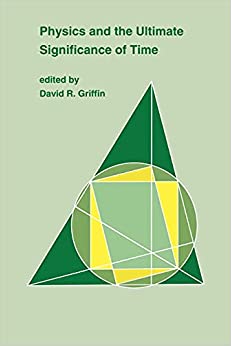Question
We have used a Newton's particle model and Huygens' wave model to describe the propagation of light rays. Do A. Both models correctly predict Snell's
We have used a Newton's particle model and Huygens' wave model to describe the propagation of light rays.
Do
A. Both models correctly predict Snell's law for the refraction (bending) of light as it moves from one homogeneous medium into another where the speed of light differs from the speed in the first medium. Discuss how they do so and what each model has to assume about the speed of light in a denser medium in order to describe experimental observations.
B. We typically deal with sound that has wavelengths comparable to the objects it interacts with (on the order of a few centimeters to a few meters) so we don't usually talk about "sound rays" or Snell's law for sound. But if we are working with high frequency ultrasound, as is used currently in many medical probes, it would be appropriate to consider it. We are pretty certain of a couple of relevant facts about sound: 1) Sound propagates as a wave. 2) The speed of sound is greater in a dense medium. Discuss what this would means for Snell's law for sound. Do you expect a ray of sound coming onto a denser medium to bend towards the normal (like light) or away from the normal? Explain your reasoning.
C. Can we have the analog of total internal refection for sound? If so, this could have severe implications for imaging using ultrasound. The speed of sound for some relevant media are given below. Determine which boundaries between two media could lead to total refection of sound rays. Describe the configuration (entering from which medium) and find the angle above which total reflection occurs.*

Step by Step Solution
There are 3 Steps involved in it
Step: 1

Get Instant Access to Expert-Tailored Solutions
See step-by-step solutions with expert insights and AI powered tools for academic success
Step: 2

Step: 3

Ace Your Homework with AI
Get the answers you need in no time with our AI-driven, step-by-step assistance
Get Started


